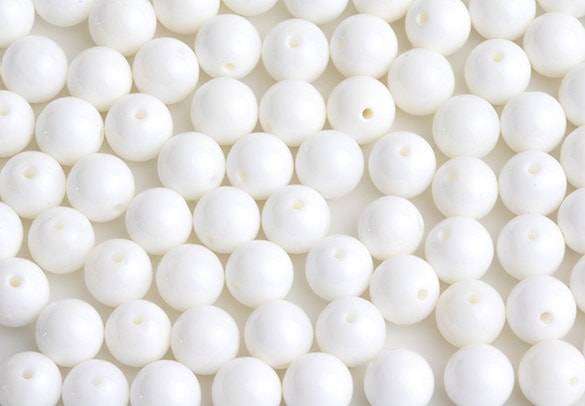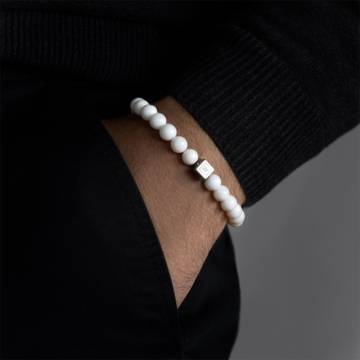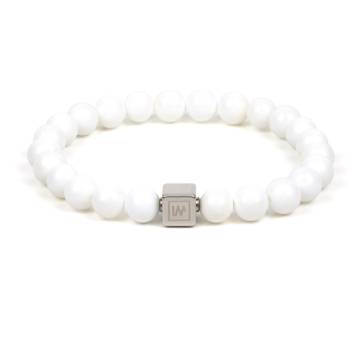Giant Clam Shell

White as Snow
Giant clams are molluscs; they belong to the group that includes other bivalves, like the oysters, scallops, mussels, and other clams.
There are seven species of giant clams found in the tropical Western Pacific and Indian Oceans. The smallest species reach only six inches (15 cm) in length, while the largest species, Tridacna gigas, may grow to more than 3 feet (1 m) and weigh up to 660 pounds (300 kilograms).
These beautiful marine animals are commonly harvested from their natural habitats or aquaculture farms for food, and their shells are fashioned into beads or ornaments that are prized by some cultures.
Their white shell is massive and thick and shows a characteristic and attractive wave-like cross-section. As such, the shell has been used for adornment in native cultures and historically as fonts (vessels containing holy water) in Catholic churches throughout Europe.
It is said, that Giant Clam shells have the whitest colour on Earth. It is related to the ability to take and redistribute sunlight to the microalgae colonies witch live on the shell in the natural habit.
The microalgae, called zooxanthellae, keep their clams fat and happy with the sugars they need to survive. In exchange, their hosts provide a safe home and a daily dose of sunlight—delivered with remarkable precision.
A lot of research is done to find methods of how these molluscs produce a white colour. The researchers were surprised to find that the two species of giant clams used different ways of mixing colours to create white. White in the Tridacna maxima clam comes from tight clusters of differently coloured iridescent cells while Tridacna derasa has individual multicoloured cells that appear white on a macroscopic scale.
Although accomplished in different ways, both clam species create white by mixing clusters of colours much like the electronic displays found in televisions, smartphones and electronic billboards mix red, blue, and green pixels to make white. However, most of today’s displays must generate light using LEDs or another light source, while the clams require only sunlight. The clam’s iridescent cells contain tiny multi-layer structures of proteins that act as mirrors to reflect various wavelengths of light to produce the colours.
Most species of the Tridacnidae family are currently listed in Appendix II of the Convention on International Trade in Endangered Species of Wild Fauna and Flora (CITES). Some species, such as Tridacna gigas, are more vulnerable than others, such as Tridacna squamosa or Tridacna maxima.
Giant clam hatcheries produce young clams in seawater tanks or raceways and transplant them to nearshore reefs where they can be grown to marketable size. As always we at INMIND trying our best to source Giant Clam beads produced from shells in aquaculture farms.


